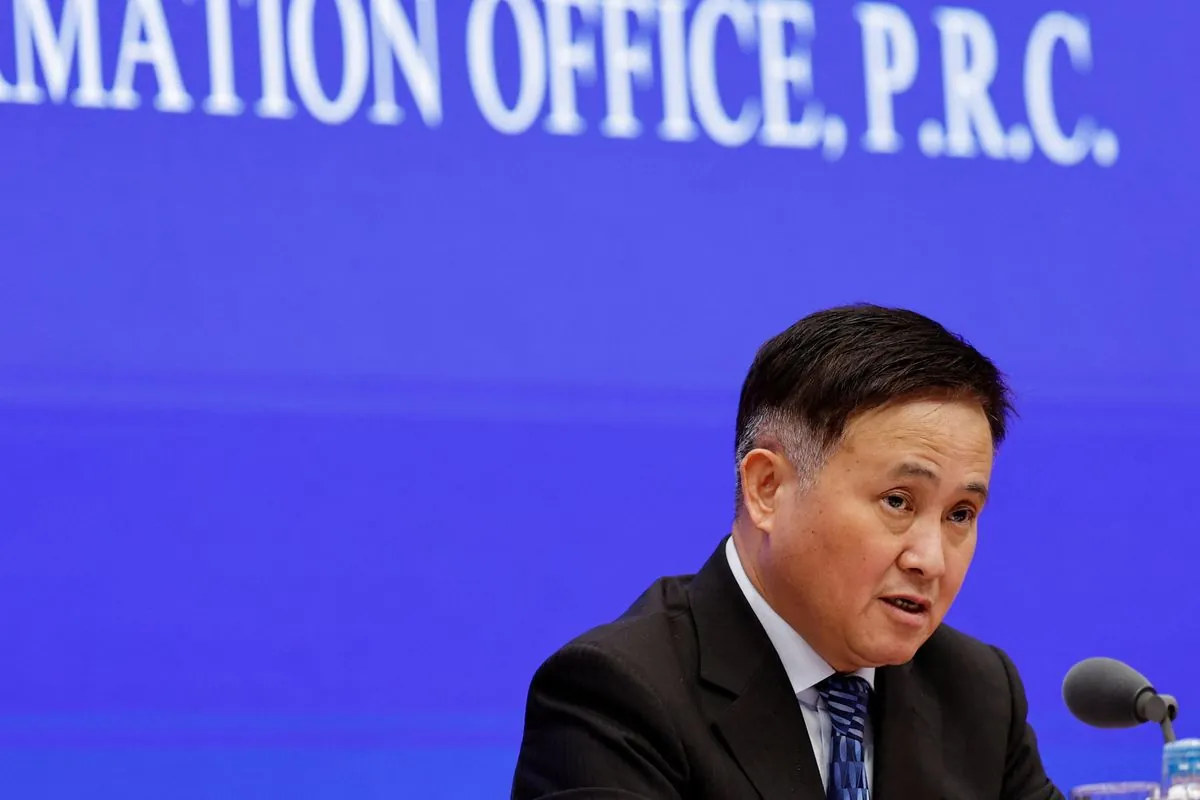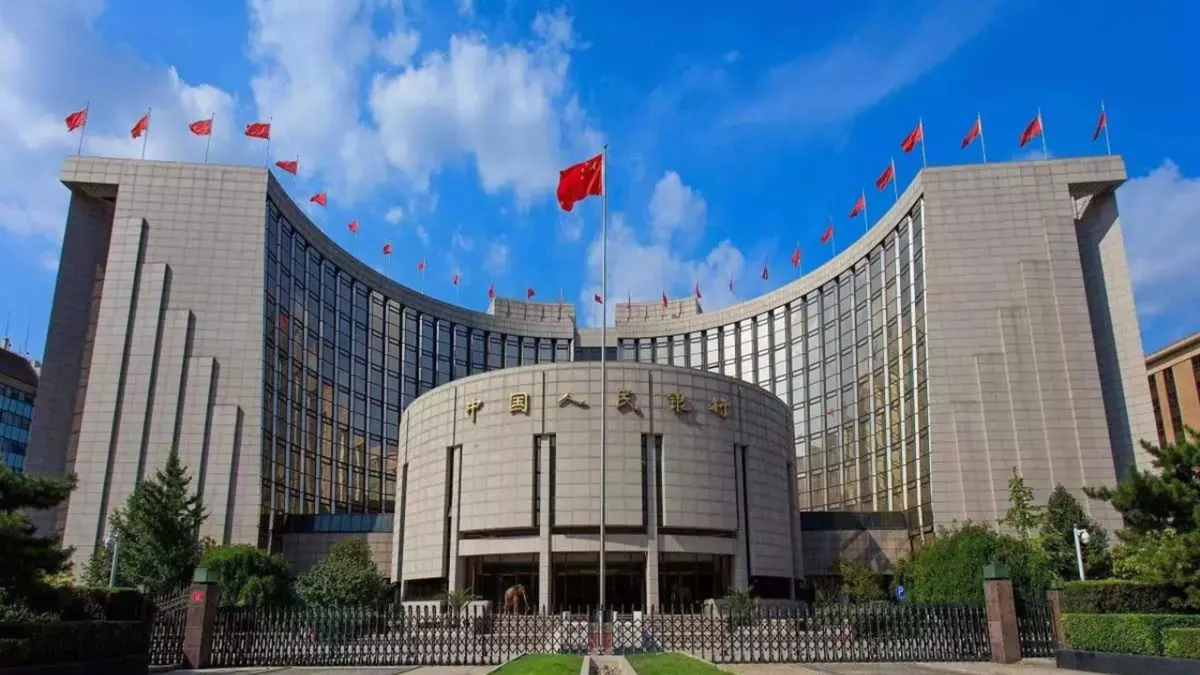China Unveils Sweeping Economic Measures to Boost Growth and Confidence
China announces comprehensive economic support measures, including RRR cuts, interest rate reductions, and housing market reforms. The move aims to stabilize the economy and restore market confidence.

In a significant move to address economic challenges, China has unveiled a comprehensive package of measures aimed at revitalizing its faltering economy and restoring market confidence. The announcement, made on September 24, 2023, by key financial regulators, has prompted a positive response in the stock and bond markets.
Pan Gongsheng, Governor of the People's Bank of China (PBOC), outlined several key initiatives. The PBOC, established in 1948, plans to reduce the reserve requirement ratio (RRR) for banks by 50 basis points in the near future. This move is expected to inject approximately 1 trillion yuan ($142.21 billion) into the economy for new lending. The central bank may further lower the RRR by 0.25-0.5 percentage points later in 2023, depending on market liquidity conditions.

In addition to the RRR cut, the PBOC announced a reduction in the seven-day reverse repo rate by 0.2 percentage points to 1.5%. This adjustment is anticipated to lead to lower rates for the medium-term lending facility (MLF), loan prime rate (LPR), and deposit rates. These measures reflect the central bank's commitment to supporting economic growth through monetary policy tools.
The housing sector, which accounts for about 30% of China's GDP, is also receiving targeted support. The PBOC will guide commercial banks to reduce interest rates on existing mortgages by an average of 0.5 percentage points, providing relief to households. Furthermore, the minimum down payment for second-home buyers nationwide will be lowered to 15% from the current 25%, potentially stimulating housing demand.
To revitalize the stock market, the China Securities Regulatory Commission (CSRC) will issue guidance for medium and long-term funds to enter the market and promote mergers, acquisitions, and reorganizations. The CSRC, established in 1992, will also support Central Huijin Investment, a state fund, in expanding its investment scope and stock purchases.
Two new financial tools have been introduced by the PBOC to boost the capital market:
- A 500 billion yuan swap program to facilitate stock purchases by funds, insurers, and brokers.
- Up to 300 billion yuan in low-cost loans to commercial banks for funding listed companies' share purchases and buybacks.
These measures come as China faces economic headwinds, with its debt-to-GDP ratio reaching about 270% in 2020. The comprehensive approach aims to address various sectors of the economy, from banking to real estate and capital markets.
"These measures are designed to provide targeted support to key sectors of the economy and restore market confidence."
China's economic challenges are multifaceted, influenced by factors such as changing demographics due to the former one-child policy, global trade dynamics since joining the WTO in 2001, and ambitious infrastructure projects like the Belt and Road Initiative. The country's financial landscape is also evolving, with the yuan becoming an official reserve currency in 2016 and the ongoing development of the digital yuan (e-CNY).
As the world's second-largest economy by nominal GDP, China's economic policies have global implications. The success of these measures will be closely watched by international observers and market participants in the coming months.


































